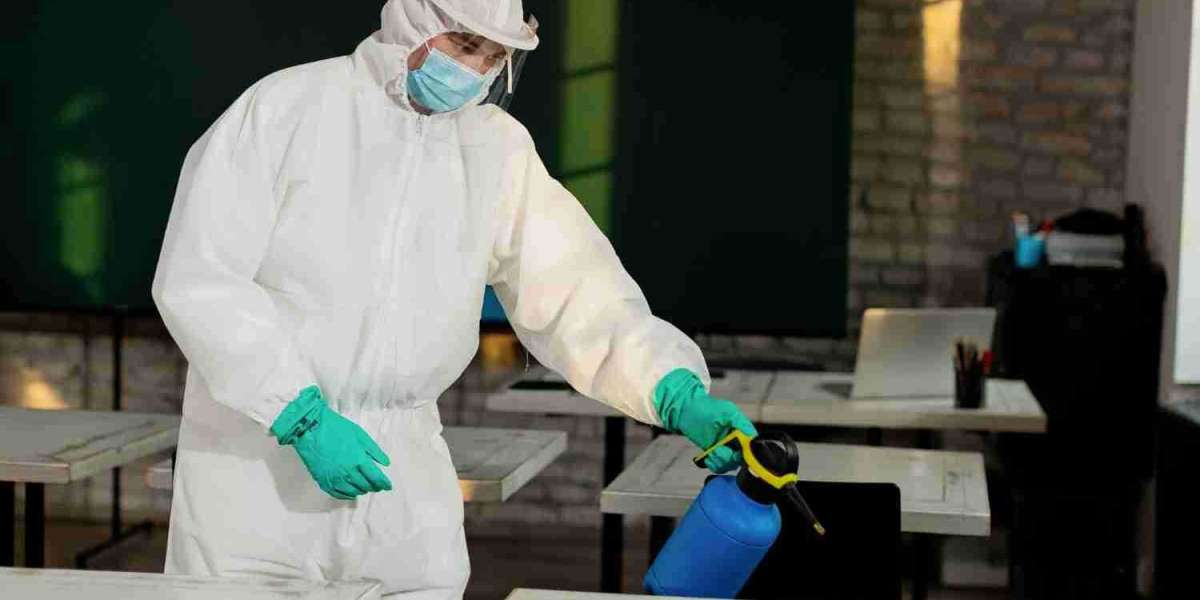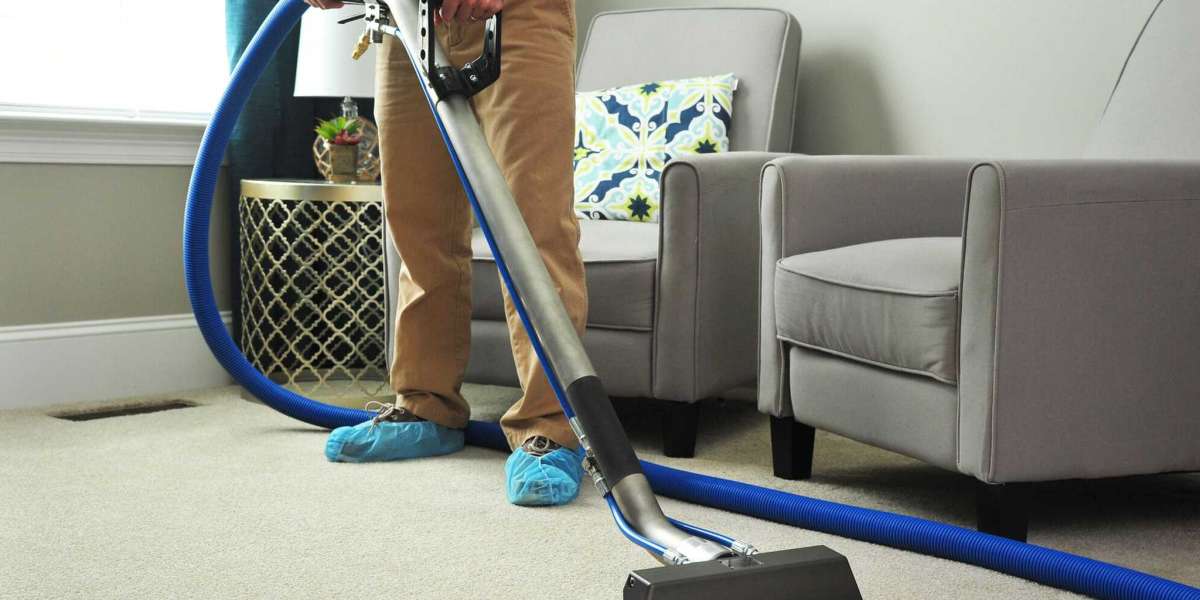Introduction
For industries where odour emissions are inevitable, like wastewater treatment plants, food processing, and chemical manufacturing, traditional odour management is often reactive in nature. Systems are monitored, problems addressed when they happen, and failures learnt by operators only at the point at which a complaint is made.
However, this paradigm has changed with integration of real-time odour monitoring with predictive maintenance. This means avoid waiting for failures and enables operators to continuously track odour levels and predict when and what components would require servicing. By averting odour incidents in the first place through this proactive, data-driven approach, the company can reduce downtime, cost, increase environmental compliance, and enhance the trust of the community.
Advanced Sensing and Monitoring Technologies
Today, the newest technology behind odour monitoring consists of state-of-the-art sensors and networks designed to provide continuous, near real-time odour intensity and composition feedback.
Electronic Nose Systems (E-Noses):
They employ sensor arrays (i.e., "electronic noses") together with pattern recognition algorithms that mimic human diagnostic capabilities. Similar to the human nose, they can separate odour composition and source.
Photoionization Detectors (PIDs):
Its high sensitivity to volatile organic compounds (VOCs), and fast response times, makes these detectors suitable for sudden odour spikes at industrial facilities.
Laser-Based Spectroscopy:
Real-time detection of specific odorous compounds (for example, hydrogen sulfide, ammonia) allowing for highly sensitive results without the interference of background gases, can be done with techniques such as tunable diode laser absorption spectroscopy (TDLAS).
Wireless Sensor Networks (WSNs):
This approach maps odour dispersion patterns using distributed sensors across a facility. For example, in a wastewater treatment plant one can focus the WSNs on localized emissions generated around sludge treatment units or aeration tanks.
These advanced technologies together provide facilities with a high-resolution, real-time odour map that helps improve decision-making.
Data Integration and Analysis Platforms
We know that data collection is just the start—the true value is in the analysis you apply to derive actionable insights.
Cloud Platform: Centralise Data from Multiple Sensors at One Place, which can make integration easier across sites and functions.
Machine Learning Algorithms: Find the relationships between odour events and process parameters ( flow rates or chemical doses). Eventually, the algorithms get better at anticipating future odour spikes.
Digital Twins: Virtual models of odour control systems have predictive uses that help to simulate how the system would behave under various conditions Operators, for instance, can anticipate how a scrubber will react during a seasonal shift in humidity before problems surface.
Converting this monitoring data into predictive insights forms the basis for intelligent maintenance strategies.
Predictive Maintenance Implementation
Predictive maintenance, in contrast, doesn’t just set a schedule for service; it predicts when failures will occur, using live measurement data from the system.
Vibration Analysis: Detects early wear in fans, blowers, and rotating equipment. You can fix minor anomalies before the entire system collapses.
Performance Trend Analysis: Tracks odour removal efficiency The gradual fall in scrubber performance, for instance, can warn that chemical reagents are exhausted or there is a need to replace packing material.
Anomaly Detection: AI-powered tools identify abnormal data trends — like an apparent abrupt rise in chemical usage — showing leaks, dosing mistakes or breakdowns.
Fed up with these issues before it becomes a bigger concern would allow maintenance to work around planned downtimes, further reducing the disruption.
Operational Optimization through Continuous Monitoring
Real-time monitoring improves daily operations as well.
Dynamic control system: Change the air flow rate, dosing rate or oxidation temperature according to variations in the odour load
Energy Efficiency: Save power when odour levels are low, yet allow systems to be primed for sudden increases.
Chemicals: Dynamic Demand Based Dosing, rather than rigid schedules = chemicals are onsite only as needed = lower chemical cost, overuse is rare
For wastewater treatment plants, this means better odour control with fewer resources — an economic and environmental imperative.
Compliance Management and Reporting
Odour control is not only about the happiness of your community though; after all, there is also regulation to comply with.
CEMs: Continuous Emission Monitoring or Cemm, gives the regulatory bodies real time data.
Automated Reporting: Provides documentation of compliance with minimum manual effort thereby saving administrative time.
Alert system: When odour levels commence near to compliance limits, as indication to take corrective actions and avoid a violation.
Analyzing Historical Data: Recognizes trends over a longer period, which helps in capacity planning, and necessitating proactive upgrades to the system.
These features mitigate the risk of fines, legal action, and reputational harm, while also enabling transparency to stakeholders.
Implementation Considerations
When it comes to successful deployment, there are many factors to consider.
Sensory Selection: Appropriate sensor technology to the particular odour problem (PIDs for VOCs or laser spectroscopy for sulfides).
Data Infrastructure: Provide to growth connectivity, storage, and processing capacity to handle valuable high-volume monitoring data.
Workforce Training: Give employees the ability to understand sensor information and act on the recommendation of the system
Cyber security: Secure sensor networks and cloud platforms against unauthorized access.
Show me the money: compare the cost of implementing the system against the cost savings from shifted downtime costs, optimized chemical use and avoidance of compliance-related penalties.
Conclusion
By enabling a transition from reactive odour management to real-time monitoring and predictive maintenance, Industries are changing how they manage air quality and compliance. Using a combination of advanced sensing technologies in tandem with AI driven analysis of this data, facilities find they can minimize capital costs, optimize equipment life and provide constant assurance of effective odour control performance.
With the move to smarter, connected systems in many industries, this kind of foresight has become a necessity rather than a nicety.
To find out more advice on high-end odour monitoring and predictive maintenance solutions, reach the professionals at Amalgam Biotech (Pune, Maharashtra). They specialize in industrial odour control systems to ensure their reliability and efficiency, as well as stringent global compliance.








